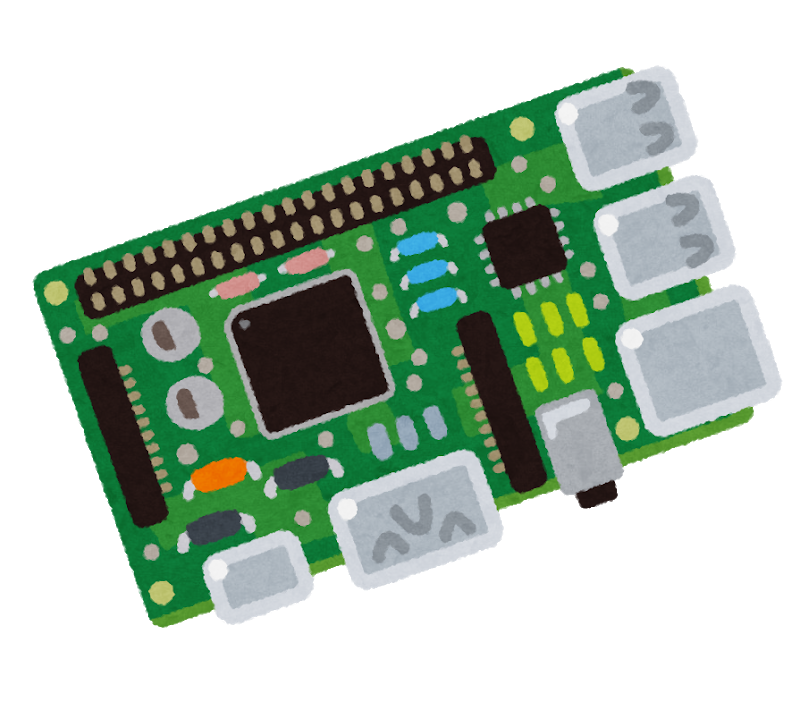

At 7h / day of just testing, 200k hours amount to approximately 110 years, given 260 working days per year.
Veilguard has been in development for around 9 years, so thats about 12 “years of testing per year”, so pretty much at least 12 people doing nothing else but testing (this assumes sane working conditions - hi EA!)
Given how long the game has been in development, what does that number even mean? How much of the stuff they wrote 9 years ago is still in place, given that players would expect the technological advancements available since 2015.
Also, it’s supposed to be released end of October, I believe? Or has it been postponed even further (again)? Anyway, why would they claim something like that before release? That will probably backfire.




Yeah, that’s the implication. Unfortunately, that is also misleading people into believing they might get a well-tested, nearly bug free game.